Nowadays, people are no longer unfamiliar with 3D printing. From the initial cream-squeezing stacking technology to the current light-curing technology, and from DIY model toys to practical technologies in mechanical, biological, and medical fields, the continuous progress of 3D printing technology is evident. Recently, researchers at the MIT Media Lab have opened a new skill tree for 3D printing – they have enabled 3D printed models to grow fur.
With this new technology, they can print various brush-like structures of different lengths, thicknesses, and orientations on flat and curved surfaces, making 3D printed models fluffy. The printing precision of these fine hairs can reach 50 microns, comparable to the diameter of human hair.
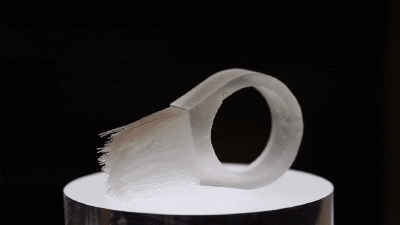
Challenge of Fineness
Why print these hairs? Are researchers also worried about receding hairlines? Of course, making a wig is not out of the question, but that is not the researchers’ true goal. The challenge of printing hair can unlock new potentials for 3D printing.
The main challenge of printing fine structures like hair does not lie in the 3D printer itself, but in the limitations of the software. If traditional drawing tools were used to model thousands of fine hairs one by one, it would be a very time-consuming and labor-intensive task. To solve this problem, the researchers developed new software called “Cilllia,” which allows users to define the angles, thicknesses, heights, and densities of thousands of hairs in just a few minutes, enabling the printing of various flat and curved objects with hair.
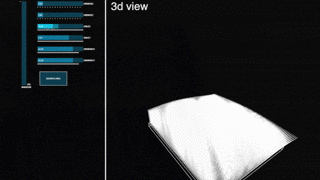 This software allows for easy adjustment of 3D printed hair parameters
This software allows for easy adjustment of 3D printed hair parameters
Multiple Functions
What can you do with a bunch of hair? Make a brush? In fact, for such finely structured 3D printed parts, the functionalities they achieve go far beyond that.
By printing high-density hairs, researchers can create sufficient friction when two independent hairs come into contact, making them a very strong adhesive tool, similar to the Velcro we use in daily life.
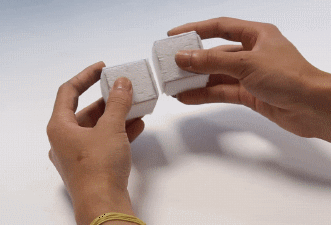
When the hairs are at a 30-degree angle to the vertical, they can withstand a pulling force of about 8.4 Newtons, which is enough to hang an object weighing 850 grams, making it perfectly suitable for hanging small items like keys.
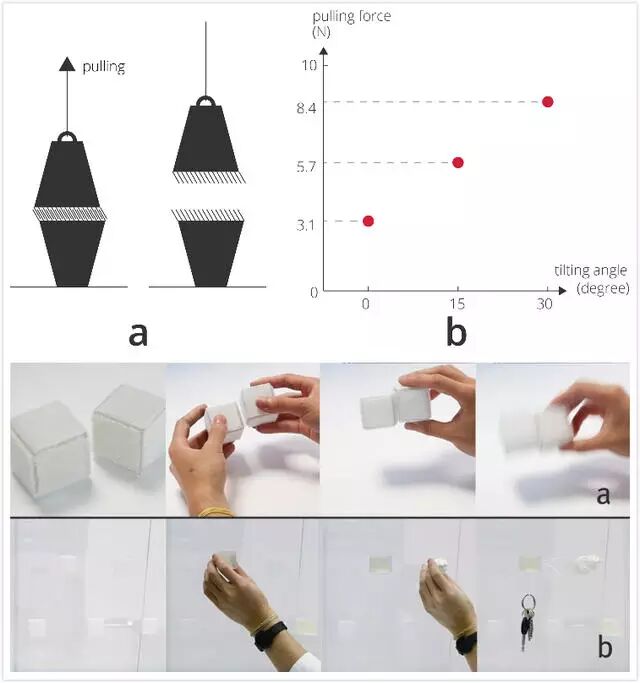 Image from: tangible.media.mit.edu
Image from: tangible.media.mit.edu
Moreover, when these hairs encounter vibrations, the effects they can achieve become even richer. For example, attaching hairs to the base of a ballet dancer model and letting them “dance” on a disc driven by music vibrations:
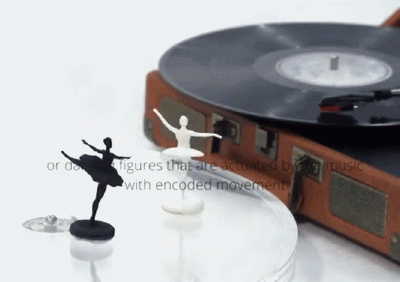
Similarly, researchers also created a small fan with hairs on the bottom that serves as a call reminder. When placed on a phone, the fan will spin when the phone vibrates:

If a small microphone is added to detect slight vibrations of the hairs, these hairs can also become sensors for touch perception. Touch the 3D printed bunny below, and the LED light will turn on:
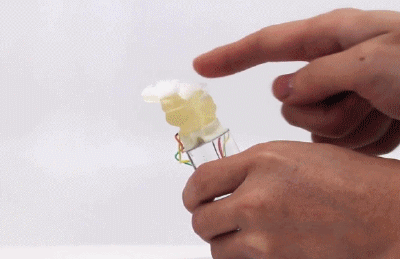
A New Way to Transfer Objects
Through precise settings of height, angle, and density, these 3D printed hairs can achieve more than ordinary brushes can – they can transfer objects along pre-designed paths. By printing hairs at designed angles and heights on a large flat surface, placing small objects on top, and gently vibrating the surface, the hairs can move the objects in a regular motion.
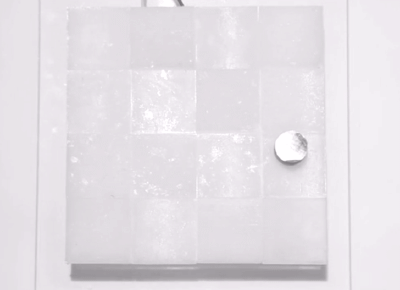
 Different directions of hairs can achieve different motion trajectories. Image from: tangible.media.mit.edu
Different directions of hairs can achieve different motion trajectories. Image from: tangible.media.mit.edu
This method can also achieve sorting of coins of different weights, and the final classification will change when the shaking frequency changes.
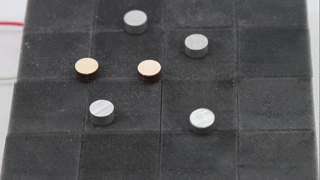
It seems that allowing 3D printing to “create fur” is indeed a pretty good idea. At this rate of development, I wouldn’t be surprised at what these quirky researchers will come up with next…
Animated GIFs recorded by Tangible Media Group
An AI I want to recommend a particularly relevant WeChat account… Furball Control ID: DogeMeow
… After all, we have introduced chestnuts, chlorella, and diatomaceous earth before.
All furballs are one family!
 This article is from Guokr.com, reproduction is prohibitedIf needed, please contact [email protected]References can be found at the end of the original article
This article is from Guokr.com, reproduction is prohibitedIf needed, please contact [email protected]References can be found at the end of the original article
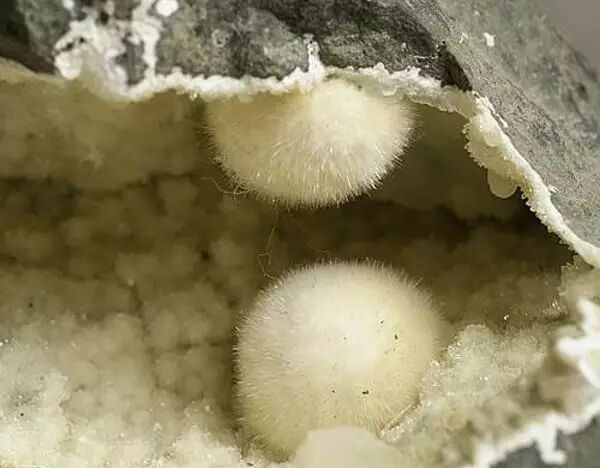 Diatomaceous earth ⬆️ is really a mineral!
Diatomaceous earth ⬆️ is really a mineral!